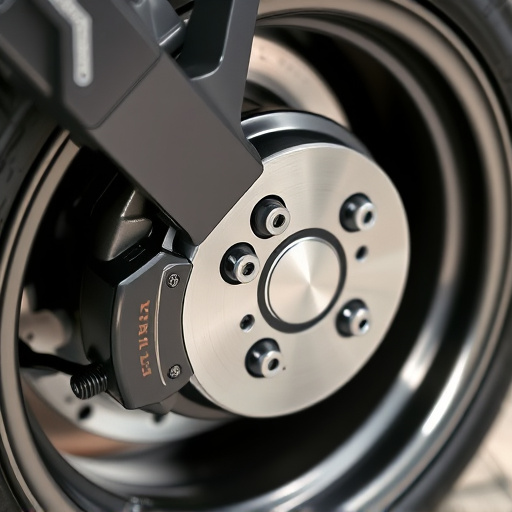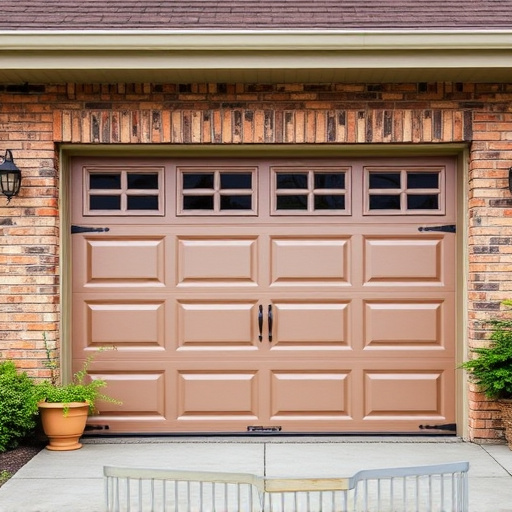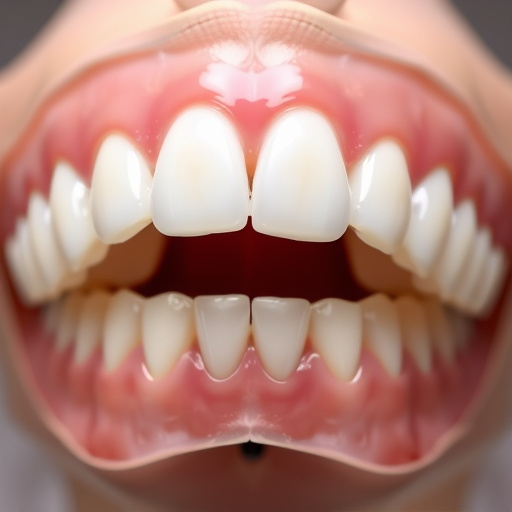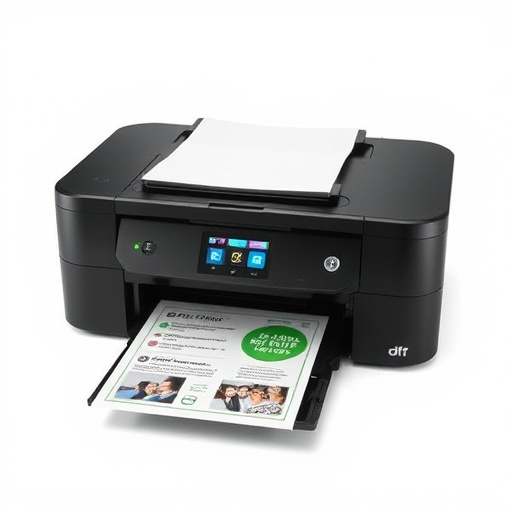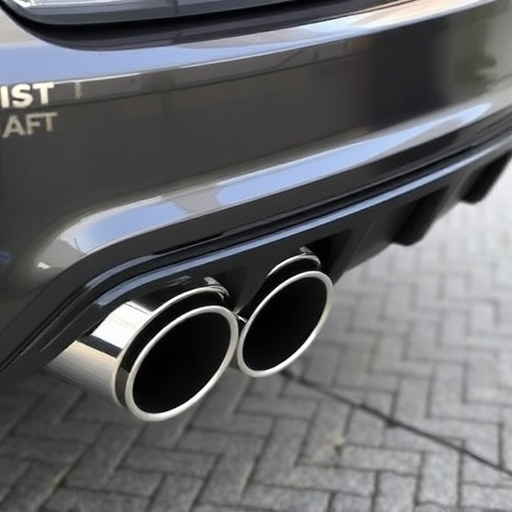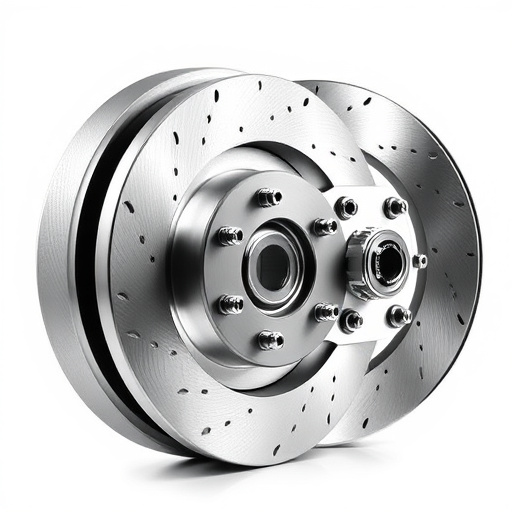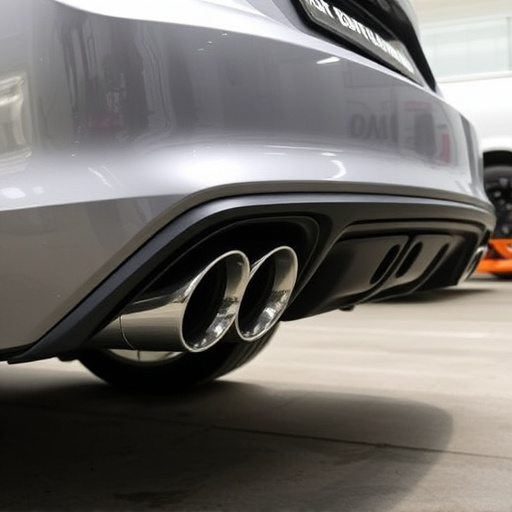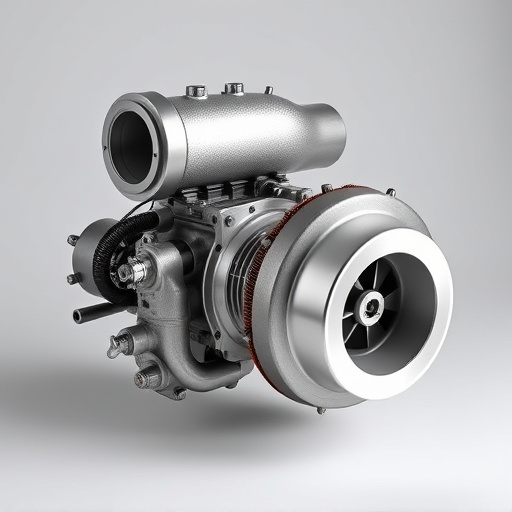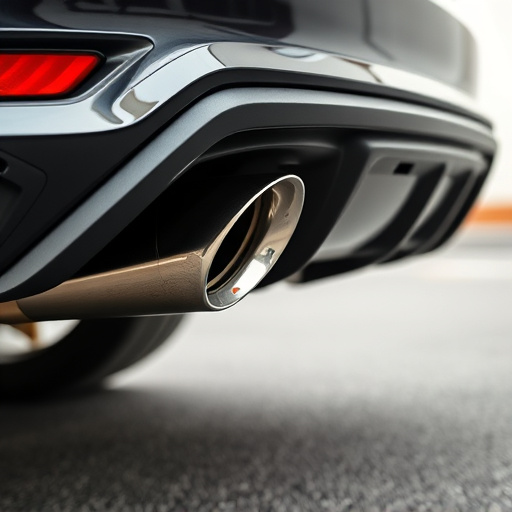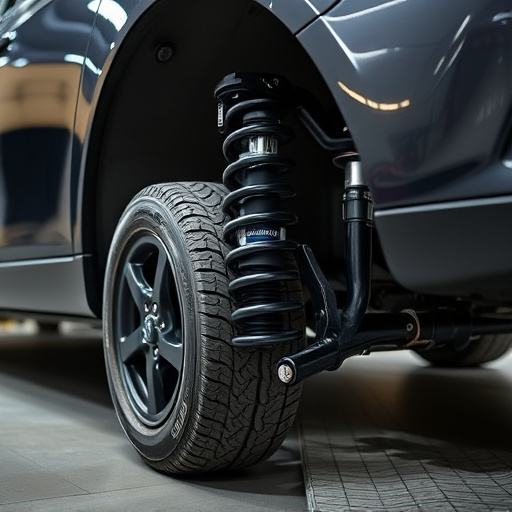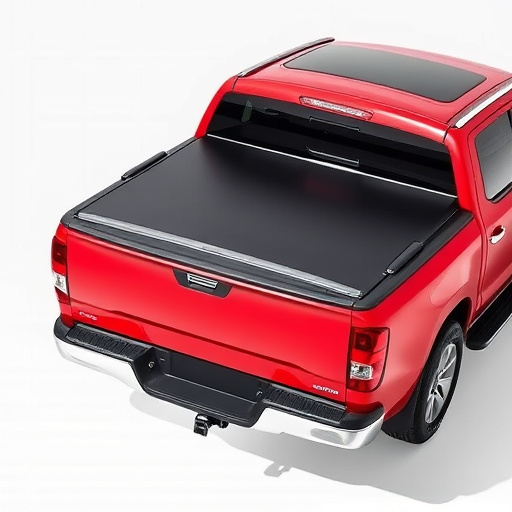Sway bar bushings, vital links between sway bar and suspension, enhance handling and stability. They come in various types for differing performance needs. Standard vehicles use softer bushings for limited movement, while upgrades may include stiffer ones alongside high-performance components. Replacing them requires proper tools, safety gear, preparation, and installation techniques to avoid damage and ensure vehicle safety and optimal performance. Regular inspection is crucial for maintaining a smooth ride.
“Avoid common pitfalls and ensure a smooth replacement process with our comprehensive guide. This article equips you with essential knowledge about sway bar bushings—their purpose, how they function within your vehicle’s suspension system, and why their replacement is crucial for optimal handling and safety. We then provide detailed steps for preparation, from gathering the right tools to implementing safety measures. Finally, learn installation tips to steer clear of typical mistakes post-removal, guaranteeing a reliable and effective sway bar bushing replacement.”
- Understanding Sway Bar Bushings: Basics and Functions
- Preparation: Tools and Safety Measures Before Replacing
- Installation Tips to Avoid Common Mistakes After Removal
Understanding Sway Bar Bushings: Basics and Functions
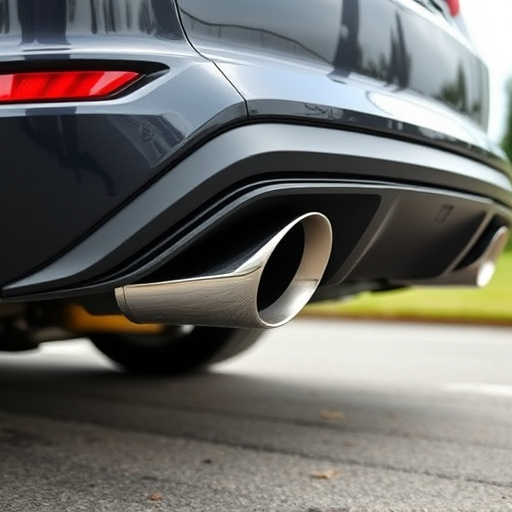
Sway bar bushings are crucial components that connect the sway bar to the vehicle’s suspension system. They play a vital role in enhancing handling and stability by allowing the sway bar to absorb and transfer forces during cornering, thus reducing body roll. Understanding their basics and functions is essential when replacing them to avoid common mistakes.
Sway bar bushings, typically made of high-quality rubber or plastic, come in various types, each designed for specific performance needs. The basic function involves allowing limited movement between the sway bar and suspension components, preventing excessive wear and improving ride quality. In performance vehicles equipped with enhanced handling packages, stiffer sway bar bushings can be part of the upgrade, along with other modifications like high-performance air filters or exhaust systems (cat back exhaust), to further sharpen cornering precision.
Preparation: Tools and Safety Measures Before Replacing
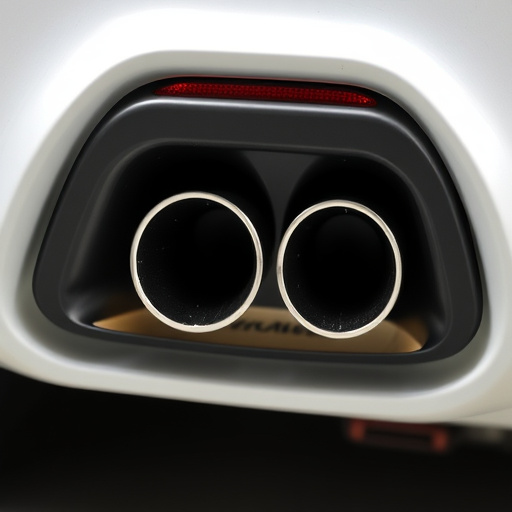
Before replacing sway bar bushings, proper preparation is key to ensuring a smooth and safe process. Gather all necessary tools, including socket sets, wrenches, jack stands, and a new set of sway bar bushings compatible with your vehicle model. Safety should be your top priority; park your car on a level surface, engage the parking brake, and consider blocking the wheels for added stability. Put on safety gear like gloves and eye protection to shield yourself from any debris or potential hazards during the replacement process. Additionally, have a good understanding of the vehicle’s undercarriage and the location of critical components, such as air intake systems, muffler tips, and performance exhaust systems, to avoid damaging them during the removal and installation.
Installation Tips to Avoid Common Mistakes After Removal
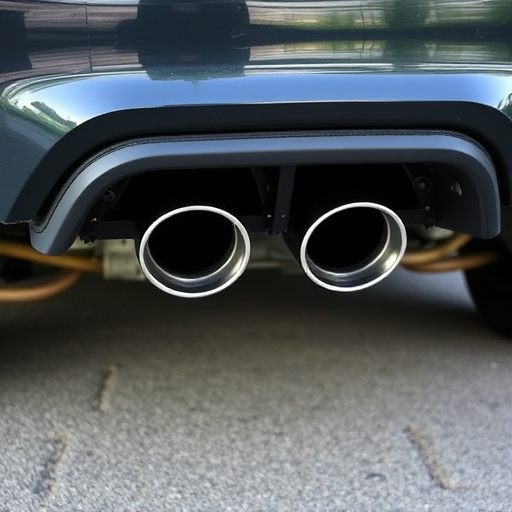
After removing the old sway bar bushings, careful installation is key to avoiding further issues. One common mistake is not properly aligning the new bushings; ensure they are fitted correctly and parallel to the sway bar for optimal performance. Using excessive force can damage the parts or the vehicle’s suspension, so apply gentle pressure during assembly.
Additionally, double-check that all other components, such as brake rotors (especially if replacing with performance brakes) and cold air intakes, are secure and in good condition. These elements rely on proper sway bar bushings for stability, so any misalignment could impact overall vehicle control and handling, potentially leading to accidents or increased wear on other critical parts like tires and suspension systems.
Replacing sway bar bushings is a crucial task for any car owner aiming to enhance their vehicle’s stability and handling. By understanding the basics, preparing adequately, and following expert installation tips, you can avoid common pitfalls associated with this process. Remember, proper maintenance of sway bar bushings ensures a safer, more responsive driving experience. So, whether you’re a seasoned mechanic or a DIY enthusiast, these guidelines will empower you to tackle the job confidently, keeping your vehicle in top shape.

